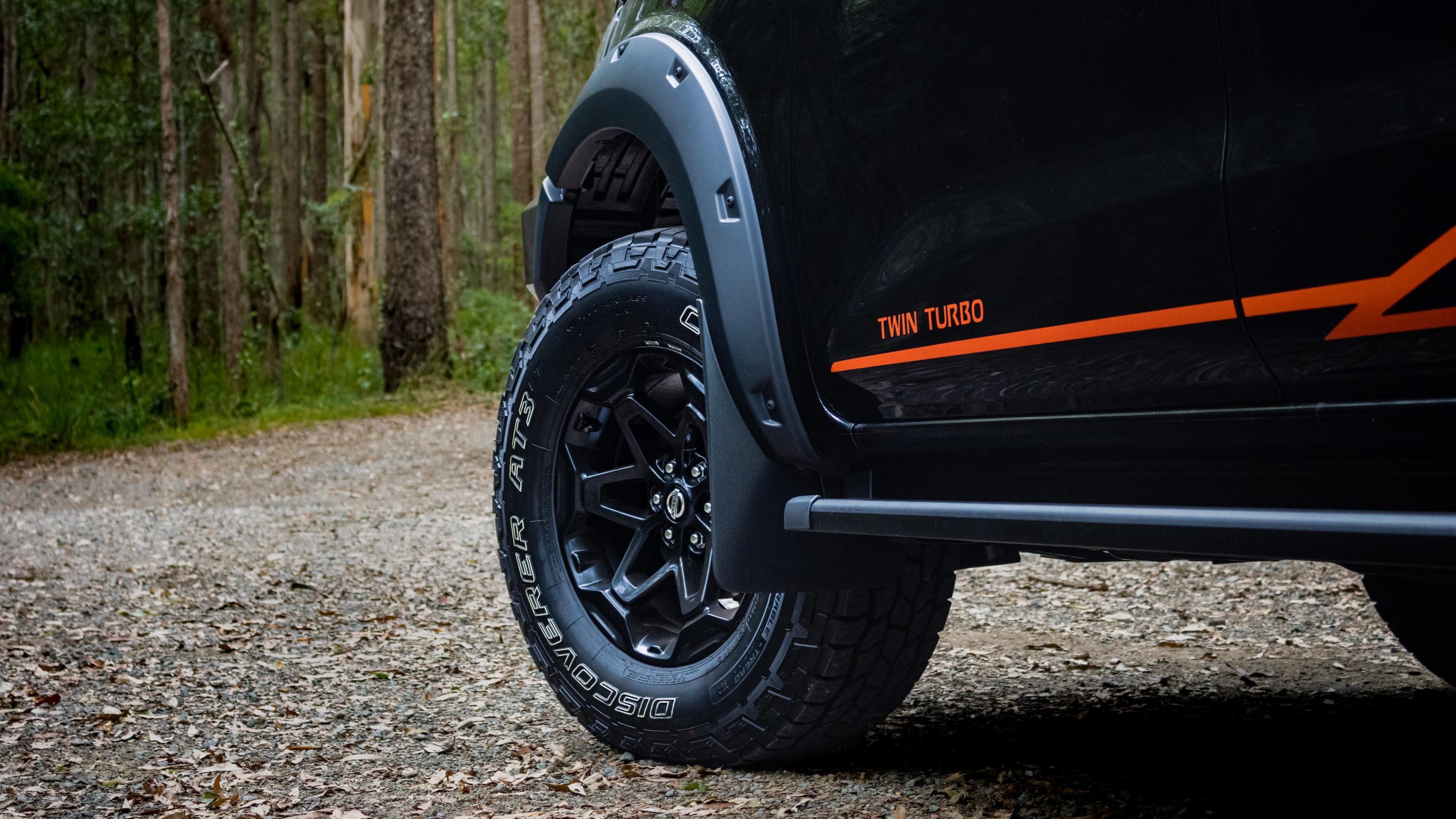
Is My Speedo Accurate?
Posted in Servicing Insights
Is My Speedo Accurate?
You’re sitting at the speed limit, but traffic seems to be passing you and there are people sitting right on your tail - how do you know that the speed you’re doing is what everyone else is doing?
Well, did you know that speedometers all read differently? So you may not actually be doing the same speed as someone who thinks they’re going the same speed as you.

How speedometers are calibrated
According to Australian Design Rules for cars, there are two distinct categories for cars manufactured before and after 1 July 2006.
For cars before the date, speedos were allowed to indicate above or below the true speed of the car by up to 10 per cent. This means that if you were actually going 100km/h, your speedometer could read anything from 90km/h to 110km/h and still be correct. Your odometer must also be accurate within 4 per cent of the actual amount of kilometres travelled.
For newer cars, the speedometer is still required to be within 10 per cent of the vehicle’s true speed but there is no longer an odometer requirement, instead, Australian Design Rules have just added 4km/h to the threshold. This doesn’t mean that the vehicle can be 4km/h over the speed limit, the speedo must not read a speed that is slower than the true speed of the vehicle.
For example, if your speedo says you’re going 100km/h in a car built this year, you will be travelling somewhere between 87.3km/h and 100km/h depending on how your manufacturer programs the speedometer.
Is my speedometer accurate?
So how do you know if your speedometer is accurate? There’s no regulated way to really test it as manufacturers aren’t required to release how they calculate their technology. But you can use the GPS on your phone (either via a speed meter or an app like Google Maps or Waze) to calculate it. What we do know is that some manufacturers are more conservative than others in their own reading.
Luxury cars tend to be closer to their actual speed than mainstream cars that sell in large numbers, which is why someone driving a car worth $150,000 might seem like they’re going faster than someone in a car that retails for around $30,000-$40,000 (and possibly why you notice expensive sports cars zipping past on the highway.) Japanese and Korean cars tend to calibrate their speedos more conservatively, while American brands stick fairly close to the actual speed of the car.

Can I make it more accurate?
You can’t swap your speedometer out, but there are steps you can take to improve the real speed of your car.
Your tyres can throw your speedo off by a few kilometres per hour if they’re underinflated, or if the tread has worn down. You’ll actually be travelling slower if your tyres aren’t in good condition, because your stopping power is reduced as your tyres start to degrade.
Travelling with less stuff in the car may improve your power-to-weight ratio, which may improve your acceleration and give your car better handling. And by using a premium fuel, you may be able to see benefits in a smoother running engine – but of course, the grade of fuel recommended by your car’s manual will usually be fine whether that’s 91, 95 or 98 octane petrol or diesel.
If you car seems to be going slower than usual, you can always speak to the service advisors at Motorama who can give your car the once over to see if it’s just your speedo that is slowing you down.



